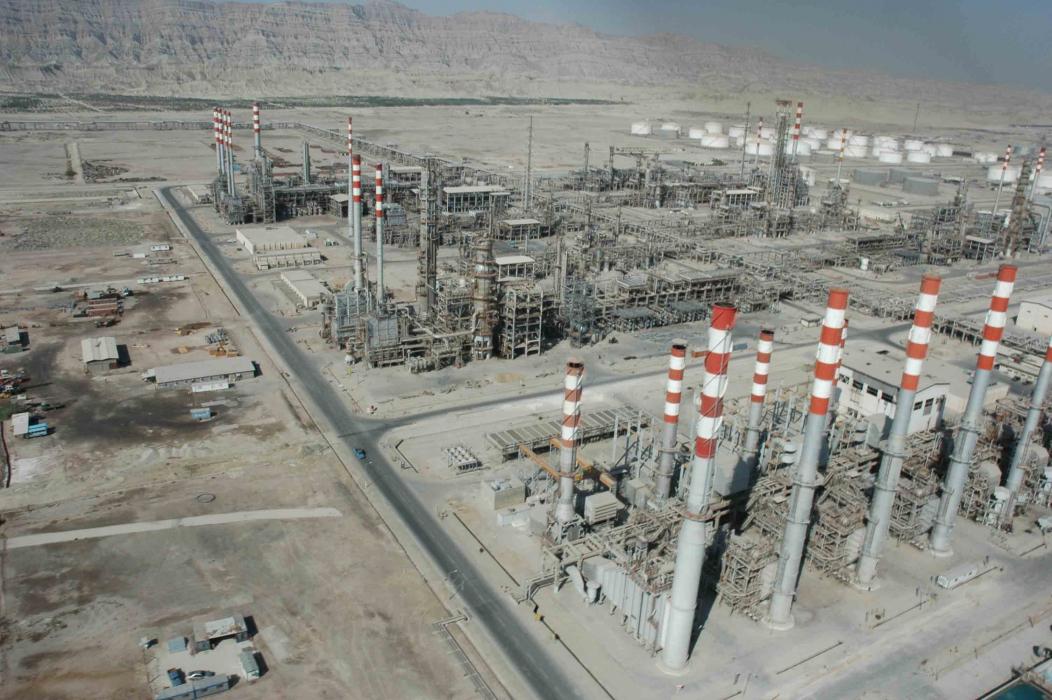Feasibility studies to curb mazut and sulfur production in Bandar Abbas Refinery, Hormozgan Province, are in the final stages, the refinery’s managing director said on Saturday.
“With the implementation of the planned project, Bandar Abbas Refinery’s mazut output will decline to less than 10% of the total production while sulfur production will fall to less than 1%,” Hashem Namvar was also quoted as saying by Shana.
Located in the southern port city of Bandar Abbas, the refinery operates as a subsidiary of the National Iranian Oil Refining and Distribution Company.
Underscoring that the feasibility studies are being conducted in cooperation with foreign companies, Namvar said the refinery has held talks with renowned foreign companies from Japan, South Korea and China and signed memoranda of understanding with two consortiums of Japanese and Iranian companies in the past two months.
The refinery is preparing a report on the technical and economic feasibility of the project, based on which the plan will be implemented.
Bandar Abbas Refinery’s daily capacity is 350,000 barrels of oil, which includes 300,000 barrels of heavy crude, 35,000 barrels of gas condensates from Sarkhoun gas reserves and 20,000 barrels of light oil from Hengam Oilfield.
The refinery accounts for 22% of the country’s total crude refining capacity, which stands at 1.6 million barrels per day but “can be expanded to 1.8 million depending on demand,” according to Abbas Kazemi, the NIORDC managing director.
Iran is ranked 11th, ninth and 13th in terms of oil refining, gasoline and diesel production capacity, yet when it comes to producing mazut, a low value, heavy and low quality fuel that emits large quantities of pollutants into the air, it ranks first in the world.
Plans for Other Refineries
The viability of similar mazut reduction plans is currently being studied in Tabriz and Tehran refineries.
Saeed Mahjoubi, NIORDC’s director for coordination and supervision, told Mehr News Agency in June that negotiations are underway with Japan’s JX Nippon Oil & Energy Company to implement Tabriz Refinery’s mazut reduction plans.
An official at the industry, Mohammad Bidar, said last month that the Tehran Oil Refinery’s project for reducing mazut production is in the preliminary phases, adding that currently the refinery’s mazut output stands at 20%, which is planned to be reduced to less than 10%.
Oil officials say the high production of mazut in refineries is their Achilles’ heel as they are deprived of state-of-the-art technology to convert mazut into products with higher value added such as gasoline.
Refineries have been tasked with reducing their mazut production to 10%, yet mazut still accounts for 27% of the country's oil refineries output.


